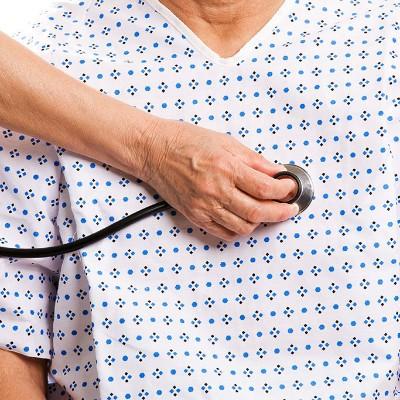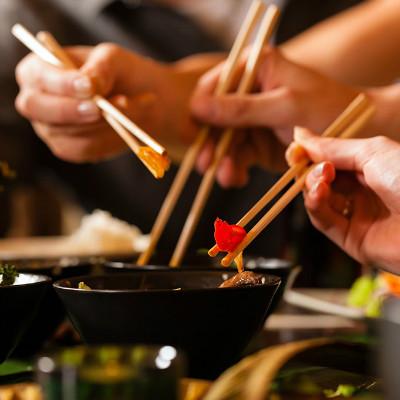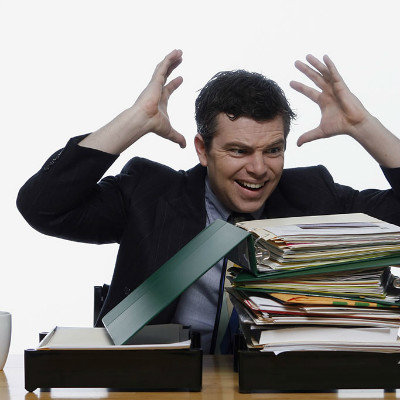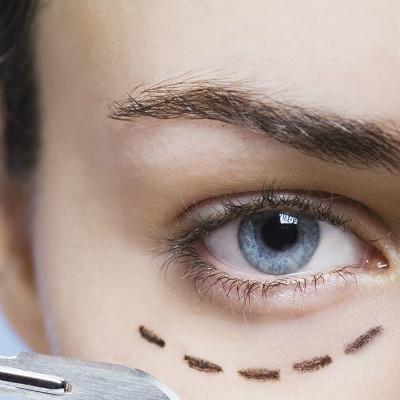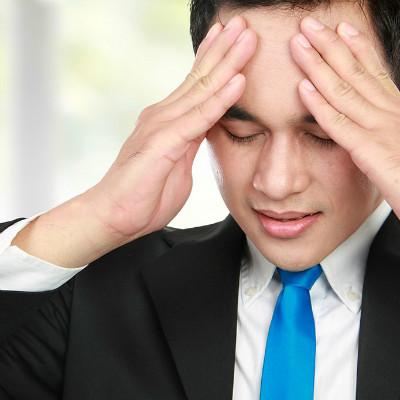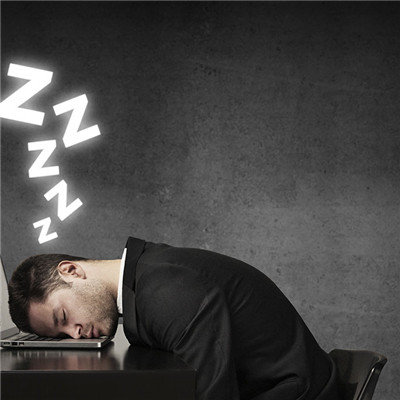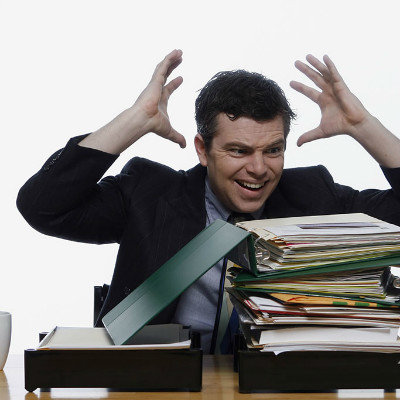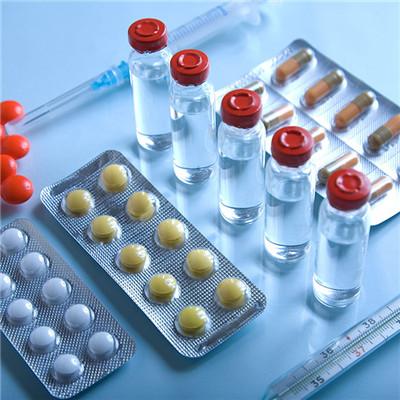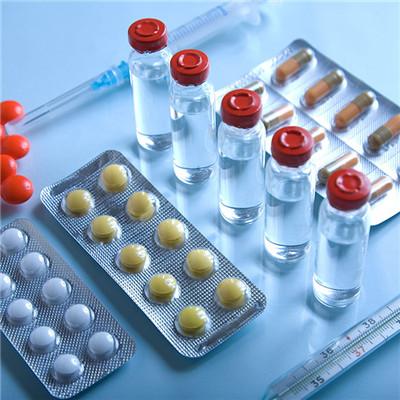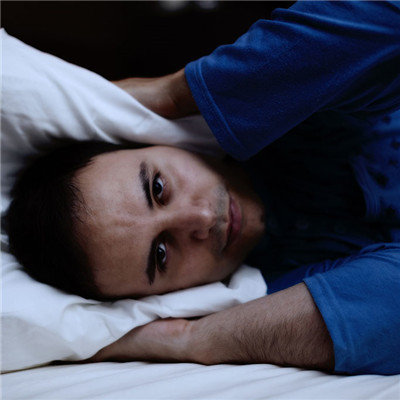Symptoms of baby after breath holding attack
summary
In today's society, the children in every family are the core and the most important treasure of the family. If a child gets sick, then the whole family will be nervous. Now I'm going to introduce to you the breath holding attack of children, which is a common respiratory disease in infants. Baby breath hold after the onset of symptoms now talk to you.
Symptoms of baby after breath holding attack
Breath holding attack in children, also known as apnea, is characterized by paroxysmal apnea induced by emotional factors. It is a common paroxysmal neurosis in infants. This disease is most common in children aged 2-3 years old, and rarely occurs before 6 months and after 6 years old. It is mainly related to emotion, which can be induced by emotional factors or physical stimulation. It has been reported that breath holding attack is related to iron deficiency, and iron supplement can reduce breath holding attack. During breath holding attack, due to breath holding, hypercapnia and cerebral hypoxia are caused, and when crying, cerebral vasoconstriction and secondary respiratory spasm slow down the heart beat, reduce the blood flow, and finally faint and convulsion.
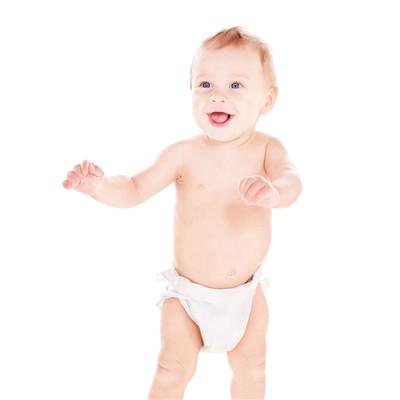
Common symptoms: pale complexion, cyanosis, enuresis, pale skin, asthma and restlessness. Before the attack, the child has obvious emotional discomfort, first is 1-2 minutes of sobbing, and then the cry gradually increases into crying, and then instantly makes a silent sound, opens his mouth and breathes deeply. The complexion changes obviously. After the moment, the child inhales hard, If at this time the child unconscious loss phenomenon, known as "light"; If the breath holding attack continues at this time, the skin color becomes cyanosis or pale, the consciousness gradually becomes dizzy, and finally the consciousness loses, the muscle tension changes from flabby to arcuate, and even accompanied by body spasm, it is called "severe". According to foreign reports, at the end of the attack, about 55% of the children may have convulsions, some even enuresis. After the attack stops, the children may have inspiratory asthma, or return to spontaneous breathing.
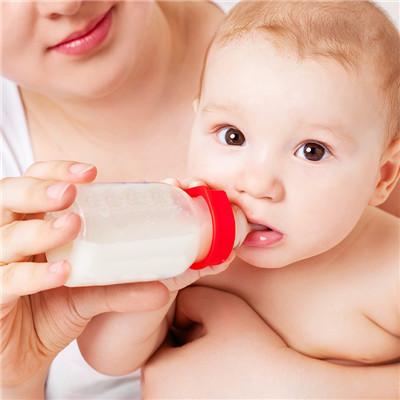
The key lies in correct education. Remove the various factors that cause mental tension. Coordinate family relations and create a relaxed environment. Don't spoil or scold children too much, and educate them patiently for their shortcomings. Explain to parents that the prognosis is good, reduce their anxiety and emotional conflict. If there is iron deficiency, give iron treatment, if the attack is frequent, oral diazepam or lumina and other sedatives. Some scholars try to use iron and vitamin C in the treatment of breath holding attacks, and achieved good results, most of the children no longer relapse.
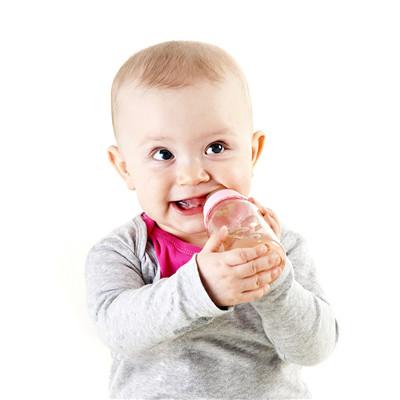
matters needing attention
When children hold their breath, parents should not panic. They should untie their children's collars and let them lie on their side to keep their breathing smooth. In the first 15 seconds of the attack, people who hold their children with their fingers at Yintang, Hegu and other acupoints, or apply cold towel to their face, can play the role of stopping the attack.
